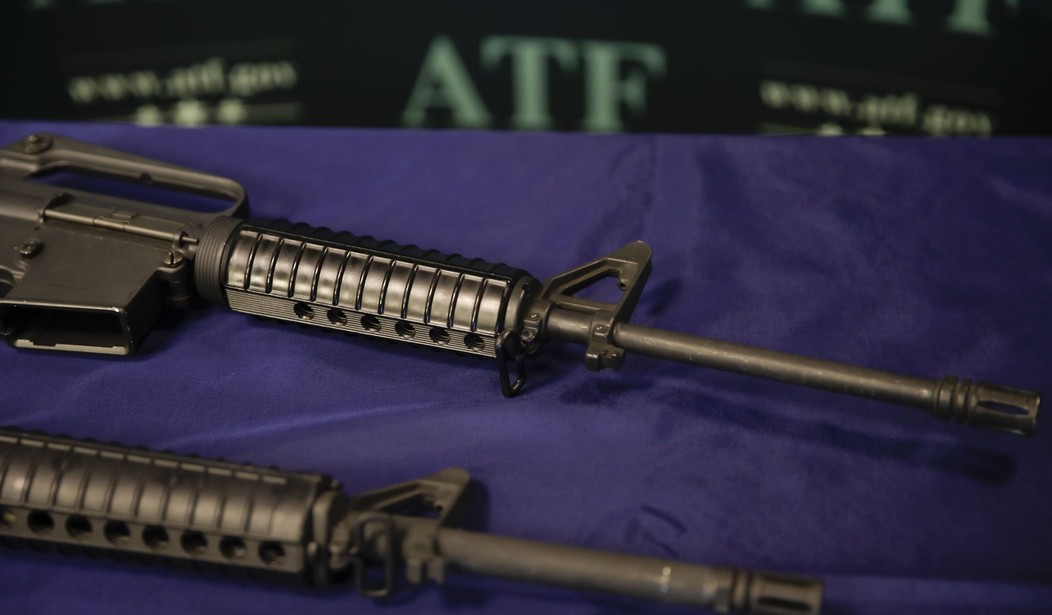Over the last few years, we’ve written an awful lot about so-called ghost guns.
Homemade, unserialized firearms appear to be popping up all over the nation with increasing regularity. While I’ve noted repeatedly how the problem is being overstated by the media, we can’t really pretend that these kinds of firearms aren’t appearing more and more often at crime scenes.
It’s a thing, unfortunately.
Yet the media hype surrounding these guns just won’t quit, which is a problem. You see, that media hype is largely why there’s a problem in the first place.
Building your own firearm is a time-honored tradition here in the United States. In fact, it dates back to the time before there was a United States.
Back in the day, people would build a gun by making what they could and by buying those parts they couldn’t. They assembled them in home workshops, then used them for hunting and home defense.
When the Second Amendment was drafted, it’s unlikely any of the Founding Fathers were unfamiliar with the practice, though I don’t think we know if any of them engaged in it themselves.
Over the years, as firearms became more advanced, it became a bit harder to build them in your home, though many people did so.
In many cases, the guns in question were historical replicas, many of which are still available today. Some were made by people with the ability and know-how to actually craft a firearm.
Yet many others weren’t.
More than a decade ago, I picked up a parts kit and a less than 80% receiver for an AK-pattern rifle. I met up with some friends at one’s workshop–he was a gunsmith–and we built AKs together. None of these were serialized unless we opted to serialize them ourselves, but as none of us were felons, it didn’t matter. We weren’t breaking any laws.
In fact, an entire cottage industry sprung up to help facilitate people building these guns.
Somewhere along the way, though, politicians and the media learned about this practice and pooped waterfowl.
They found out that people didn’t have to go through the typical gun purchase requirements to own firearms. Politicians dubbed them “ghost guns” and made hay.
Yet the truth was that most criminals weren’t inclined to go through all that effort, especially when they could buy a gun on the streets from some buddy who’d snagged it in a burglary. That was much easier for them.
So the media kept reporting on them, citing the “growing problem,” usually without any context so the issue would seem bigger than it was. They never questioned the numbers, pretending that those counted as “ghost guns” because the serial number had been destroyed were just the same as those built in someone’s garage.
They repeated it so much that some enterprising criminal minds figured they could get in on that action. They started ordering parts kits and incomplete receivers and started building guns.
Especially since the media’s constant focus on how unserialized firearms can’t be traced gives people the impression that people with such guns can’t be caught.
Then the breathless media reported on those guns as if it were the inevitable conclusion to these kits being available in the first place.
Over and over again, we see reports about the growing problem of “ghost guns,” but this same media never recognizes that if anyone has blood on their hands from this other than the bad guys, they have it on theirs too.
Many of these “ghost gun” makers wouldn’t have known this was an option without the media hype. They’d have been oblivious that this was even a possibility. A look at Google Trends shows that before 2013, few people were looking up the term “ghost gun” and that interest has only grown since then.
The media thinks it was raising awareness, and they weren’t wrong. They just raised it among the wrong bunch.








